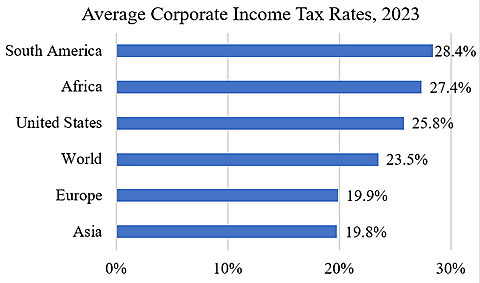The Food and Drug Administration will delay a decision to allow Eli Lilly and Company to market its new drug, donanemab. Clinical trials found that the drug will “modestly” slow cognitive decline in people with early Alzheimer’s disease. The trials also found that the drug has a safety profile similar to Lequembi, a drug the FDA approved earlier that modestly slows cognitive decline. This decision surprised the drug maker.
Both drugs work by clearing away many of the amyloid plaques that accumulate in the brains of people with Alzheimer’s disease. Pharmaceutical researchers believe it can take several years for plaque to return to its original levels after patients receive one year of treatment, which reduces the plaque to a targeted level.
Neuroscience researchers agree that plaques are associated with dementia, though they debate whether the plaques cause the disease or are the byproduct of a different underlying process. As researchers learn more about the mechanism and pathophysiology of Alzheimer’s disease, they may one day develop a completely different pharmacologic approach to treating it.
According to the New York Times, the FDA will ask an advisory panel to convene in a few months to address two primary questions.
One question is whether patients can stop receiving monthly infusions of the drug if the infusions reduce plaque to the targeted level and, if so, how long after the plaques reach that level.
The other relates to another protein that accumulates in Alzheimer’s patients called tau. People with higher tau levels seem to decline more rapidly than those with lower or intermediate levels. Knowing more about tau levels may aid clinicians in deciding the optimal time to begin therapy.
Clinical researchers in the private sector routinely address these types of questions. Long after the FDA permits patients to access a drug, clinical researchers in academic centers and pharmaceutical labs continue to study it. Researchers seek to refine ways to administer the medication and are constantly on the lookout for unanticipated and long‐term side effects. Clinical researchers also search for conditions for which clinicians can use the drug other than those the FDA permits the manufacturer to put on the label—called “off‐label” uses.
As Michael F. Cannon and I write in our white paper, “Drug Reformation,” the Food, Drug, and Cosmetic Act of 1938 was strictly focused on safety. Drug makers must provide convincing evidence to the agency that any new product is safe for patients to consume as directed. When Congress passed the Kefauver‐Harris Amendment to the FDCA in 1962, it required drug makers to convince the agency that a new drug was effective as well as safe. According to one study we cite in our paper, the proof‐of‐efficacy requirement added a median of 7.5 years to the time it takes to bring a drug to market. This requirement creates the phenomena of “drug lag” and “drug loss.”
Drug lag refers to the additional time the FDA’s proof‐of‐efficacy requirement forces consumers to wait before they may access a drug. Every day that the FDA adds to the drug development and approval process is a day that the agency denies consumers their right to access that drug. Drug loss occurs when pharmaceutical manufacturers choose not to invest in finding new treatments that they do not believe can recoup the considerable cost of securing FDA approval.
The arduous FDA approval process increases drug makers’ research and development costs while reducing the time remaining on their patents so they can recoup those costs. This is one major contributor to high prescription drug prices.
Once the FDA permits a pharmaceutical company to market its drug for a specific condition, the agency permits clinicians to recommend the drug to their patients for any condition they think it might help. Anywhere from one‐fifth to one‐third of all medicines clinicians prescribe and people consume are for these “off‐label” uses.
Ironically, the FDA forces drug makers to prove that a drug works for condition “A” but defers to clinical researchers in the private sector and academia to determine whether it works for conditions “B through Z.” Why doesn’t the FDA defer to clinicians for condition “A”?
Congress was wrong when it added proof‐of‐efficacy to the FDA’s proof‐of‐safety requirements. How many people with early Alzheimer’s disease will get access to this drug when it is too late for the drug to help because the FDA delayed its release into the market?









